The Inside Flyer blog pegs the demise of international first class flights on corporate travel policies, noting that American’s refurbished 777-200 aircraft get a new business class and remove first class.
The thing is, though, while first class has been on the wane overall, it hasn’t happened evenly or across the board. Indeed, some airlines are even growing their first class offerings and improving their products.
- Middle East mega-carriers Emirates and Etihad are expanding their fleets, routes, and first class offerings. Etihad is even introducing the most over the top first class in history.
- While some European carriers have been pulling back but still offer significant first class products.
- First class remains prevalent among certain carriers in Asia.
Delta, Continental, and US Airways stopped offering international first class long ago. United and American continued to feature it. But United, under Continental management, now sees it as not serving much of a purpose. The ‘United Global First’ product still exists because the airline isn’t spending money to retrofit their cabins, and service elements between business and first on United aren’t substantially different (although the first class seat – hardly the most private – is still good and far better than their business class offering).
American is eliminating first class from their 777-200 aircraft, and new 787 aircraft orders do not feature a first product. That will leave American’s 777-300ER aircraft as the only planes with international first class. And they’ve reduced the number of seats in that cabin to eight. Those planes fly presently to London, Sao Paulo, and Hong Kong.
Meanwhile, Lufthansa has been eliminating first class from certain routes and reducing the number of first class seats on some aircraft (e.g. dropping first class on their 747s from 16 down to 8). Nonetheless, they plan to keep first class on three quarters of their aircraft.
British Airways, heavily reliant on premium traffic, is bucking the trend slightly by keeping first class in its 787-9 aircraft.

Even most Asia Pacific carriers have eliminated first class.
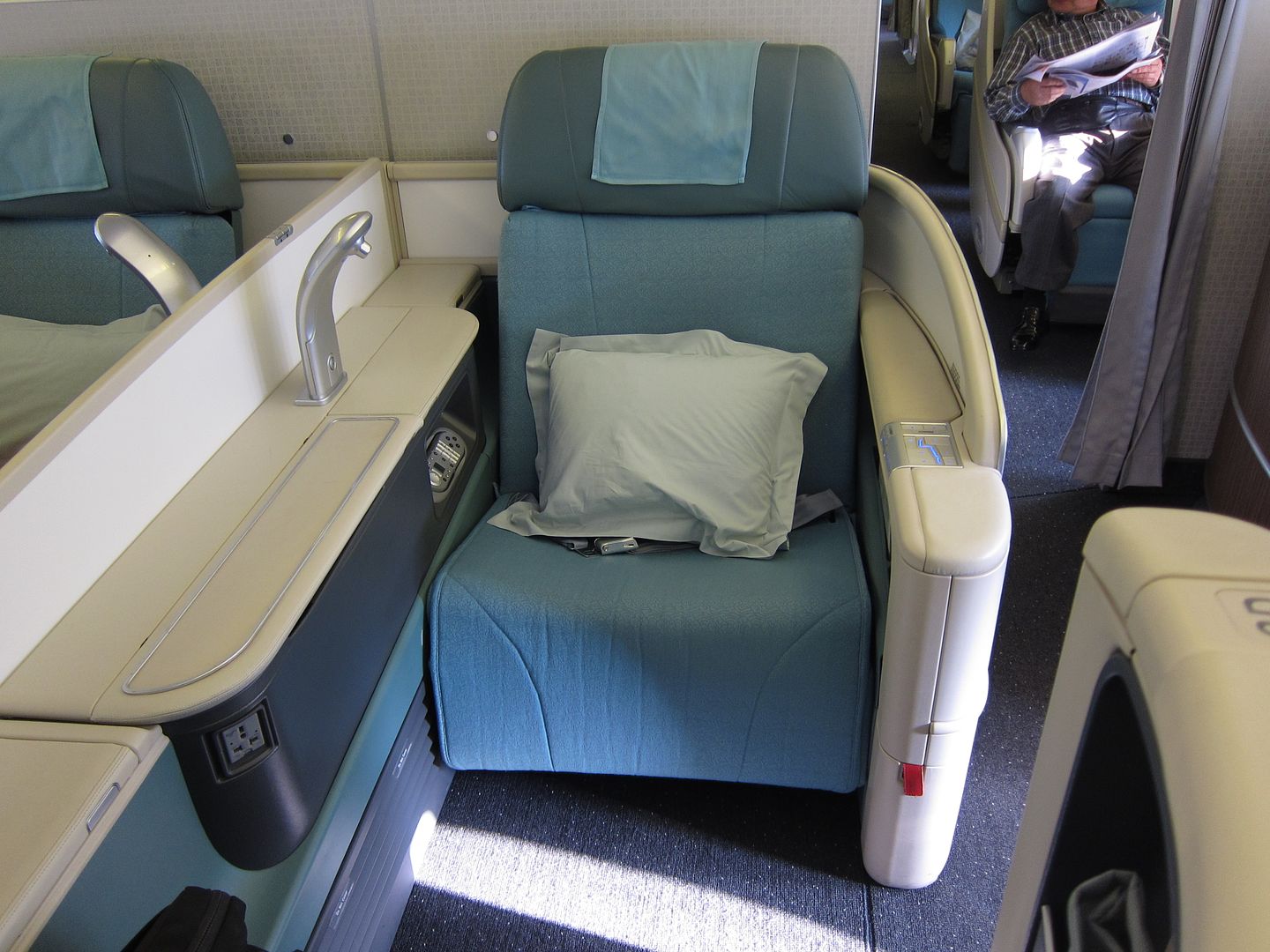
Singapore, Cathay Pacific, and Korean have significant first class offerings. Air China, Malaysia Airlines, and Thai Airwqys have quite a bit of first class as well.
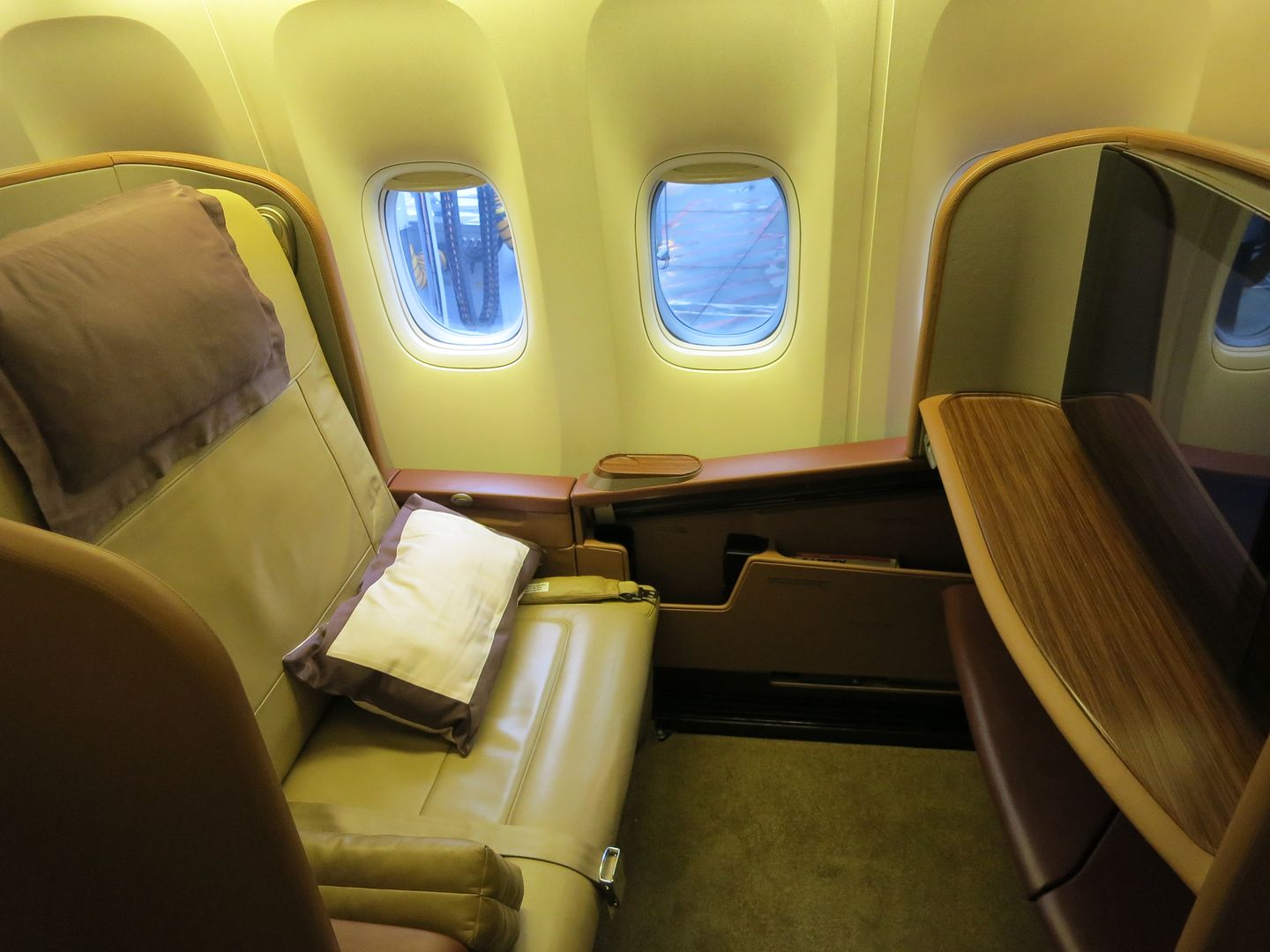
But carriers like ANA and Asiana, with outstanding first class cabins, offer it on only a limited number of routes. Qantas has scaled back first class dramatically as well.


Cathay Pacific, with one of the world’s better first class offerings, set out to retire its 9 first class seat 747s and has only 6 seats onboard their 777s — and not even all of their long haul 777s. So they’re definitely trying to ‘right size’ the seats they offer.
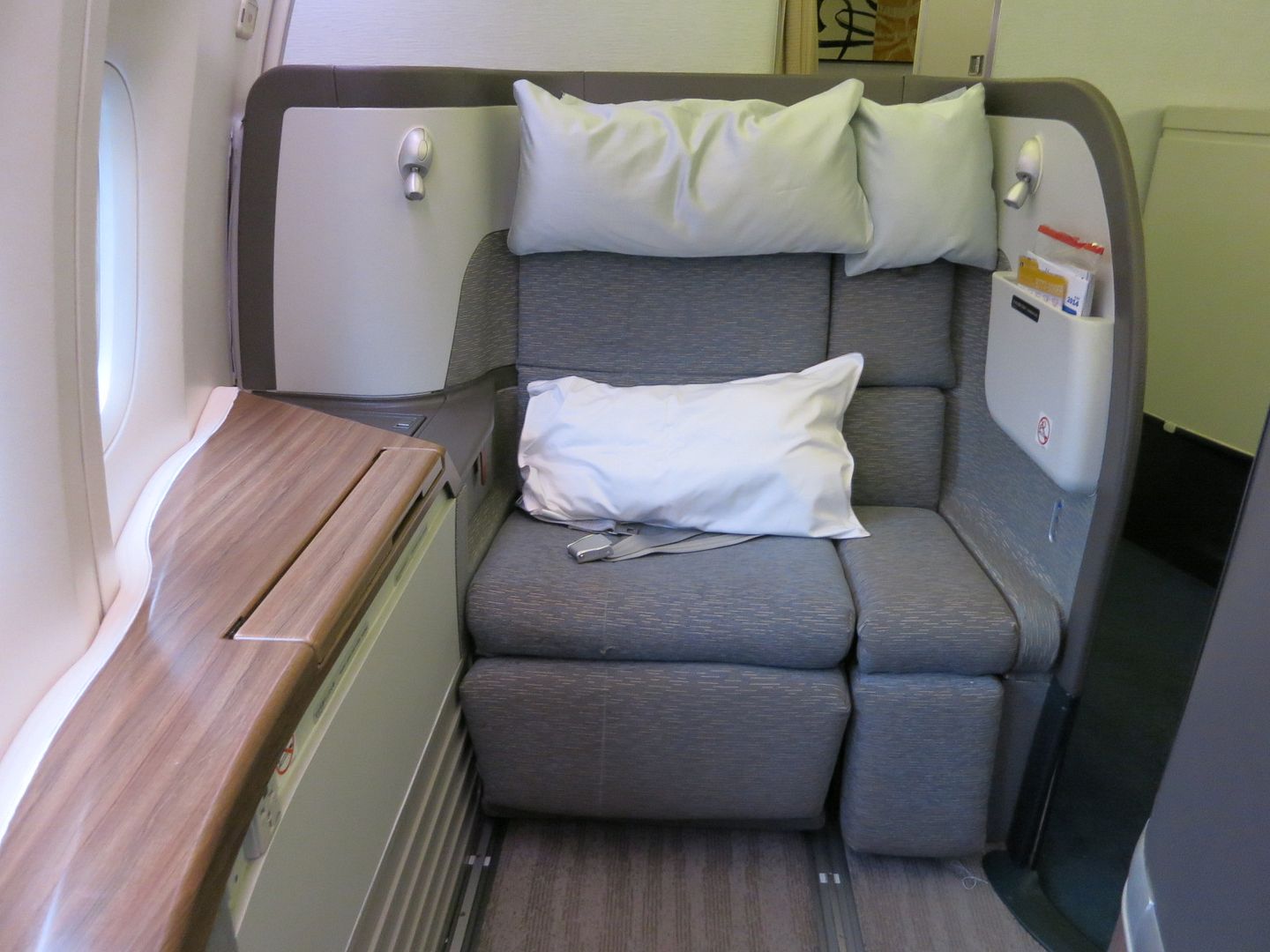
So what’s going on? Why is first class going away from so many airlines and routes?
Business class has gotten better. Instead of cradle seats, the international standard is becoming truly lie flat. In other words, today’s business class seats are better than first class seats from 20 years ago.
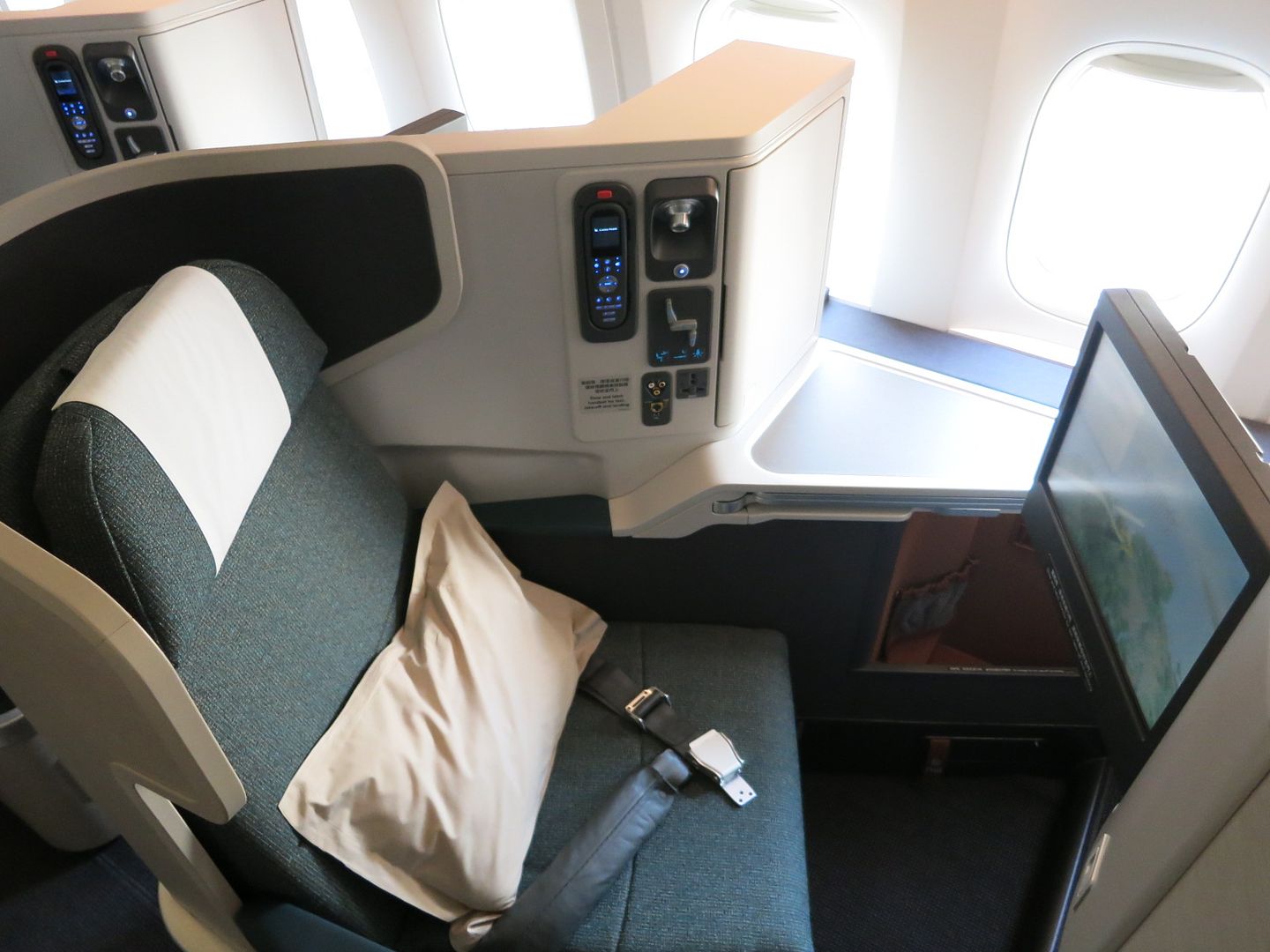
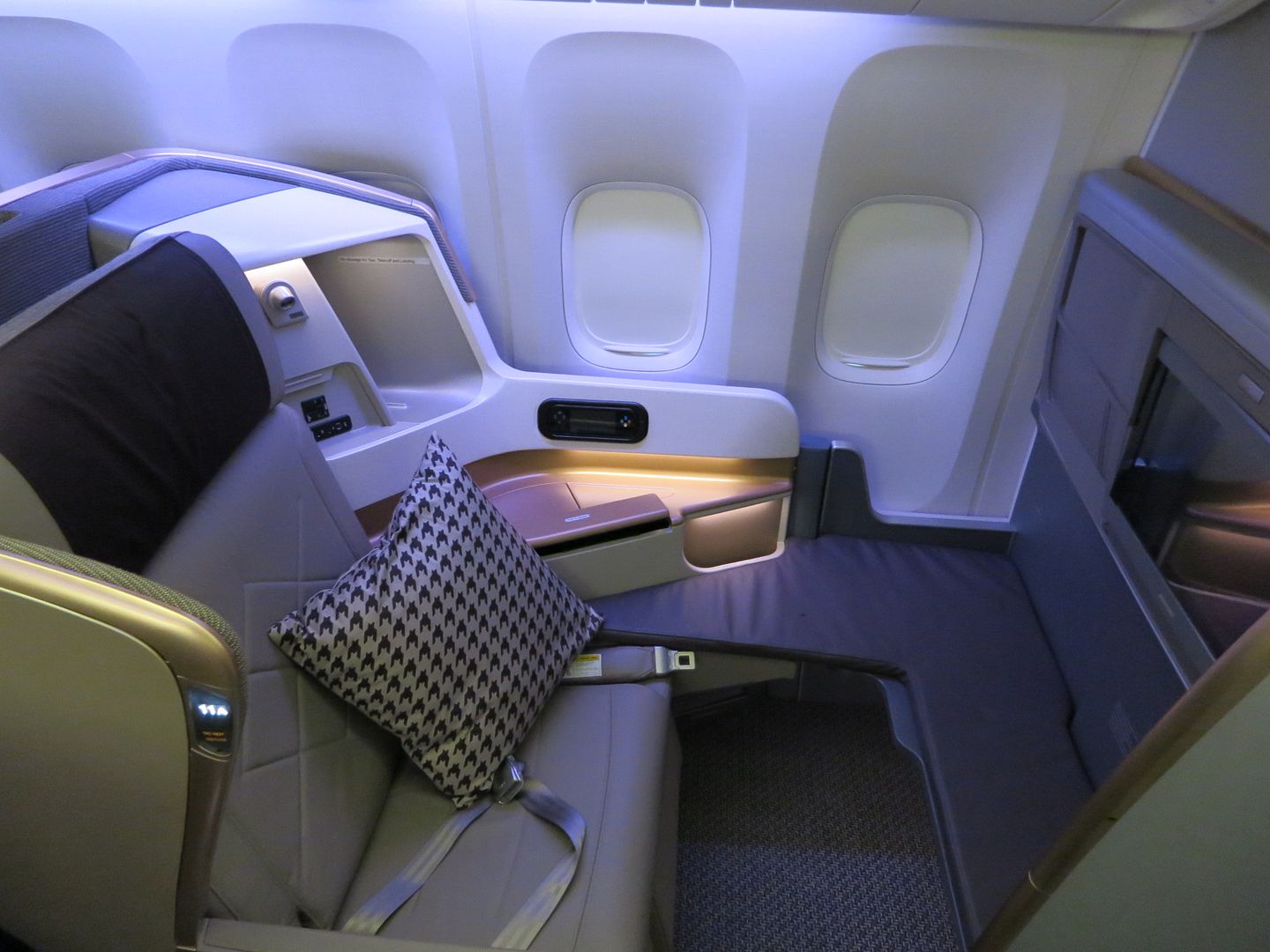
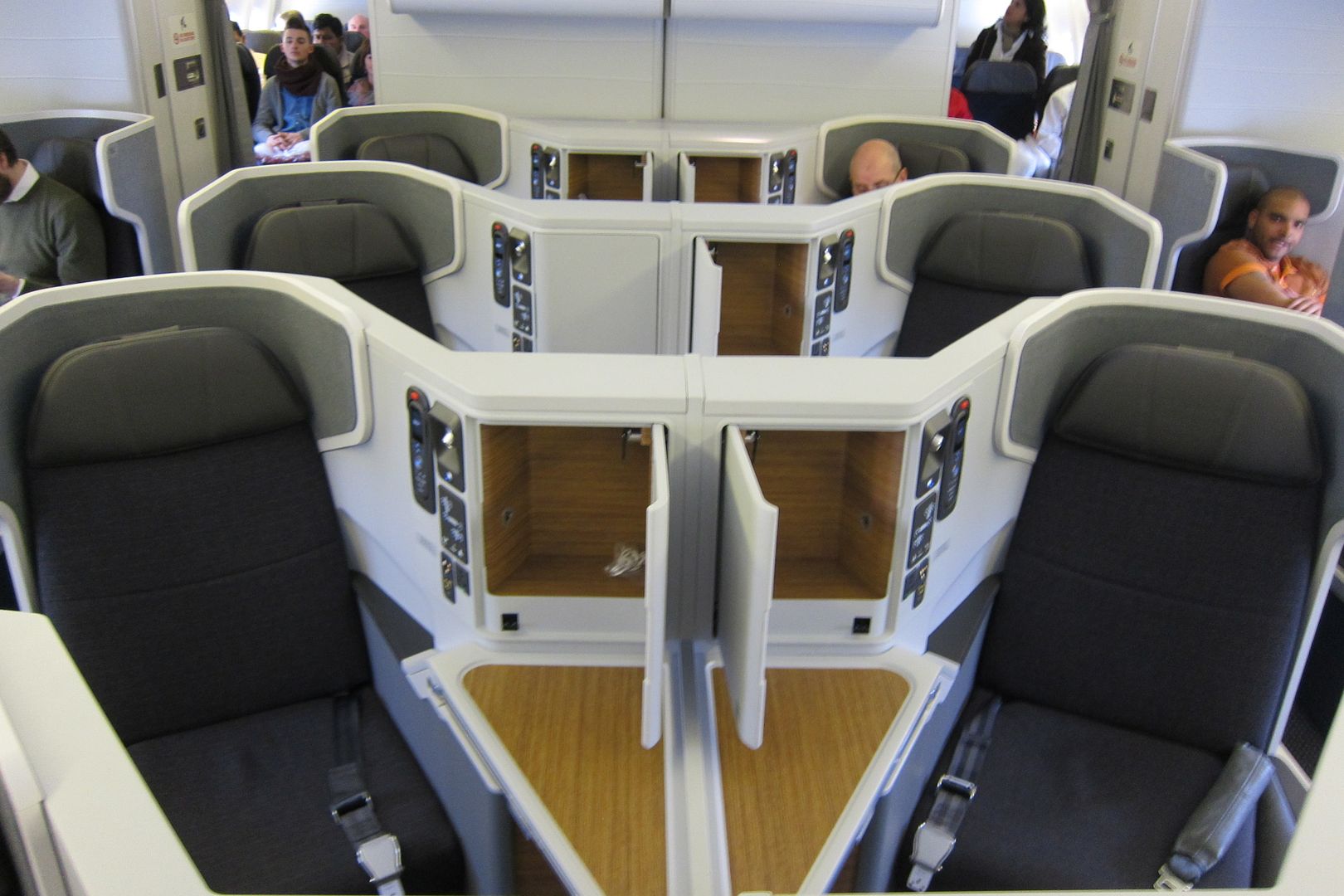
There is is a limited market for first class. There are some businesses that will buy up to it but that’s not common in the U.S. And for some, international first class is the value decision in lieu of paying to fly private for long haul travel.
- US companies are relatively egalitarian. As the Inside Flyer blog post observes, most companies won’t pay for international first class even when they’ll pay for business. So the first class cabins of US carriers become either the province of upgraders, award passengers, or employees.
- European and Asian counterparts are more likely to support the purchase of first class. Take Thai Airways as a contrast, which advertises first class as being appropriate to social status.
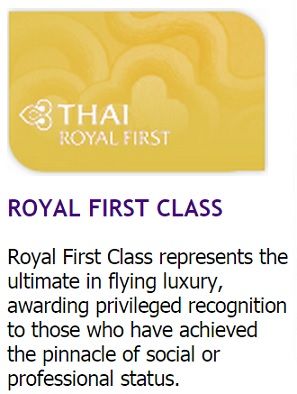
- Even for carriers that can make first class work, passengers buying those tickets aren’t in all markets. So it makes sense for Cathay Pacific to have pulled first class from their Toronto flights, for instance.
International first class does remain a lucrative offering in markets where customers will buy it. And first class cabins don’t have to sell out to make sense. Lufthansa might sell 3-4 seats per flight, and considers that worth making the offering available. but it also explains why they want fewer seats — although having enough seats that a first class passenger can almost always buy one makes sense, too, so that the airline doesn’t lose a premium customer to a rival.
Lufthansa can do it. American and United not as much. Because when they invest in the hard product, they aren’t matching the quality of soft product provided by their international competitors. Food and drink offerings tend not to match, but even if they did are prepared and presented by US crews who rarely are able to interact with passengers in the way their European or Asian counterparts do. So even if offered, the airlines don’t compete well.
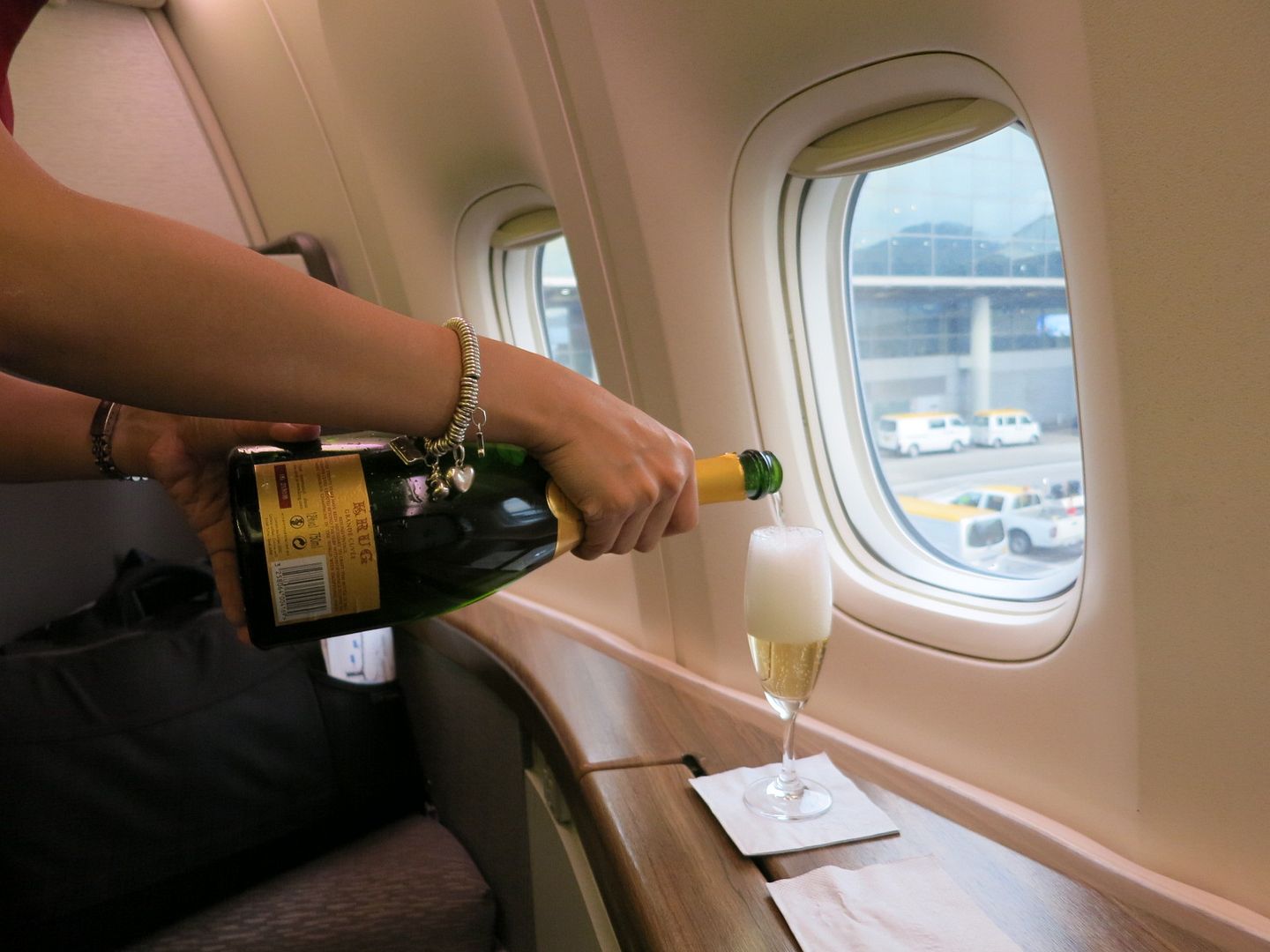
I suspect in contrast that airlines like Etihad and Emirates keep first class, and offer it on routes where it isn’t justified economically, for branding purposes. There’s a halo effect over the rest of their offerings by developing a reputation for luxury. And it’s consistent with the branding of countries like the UAE. Decision-making at these airlines broadly is more about serving national interests than profit of the airlines themselves.
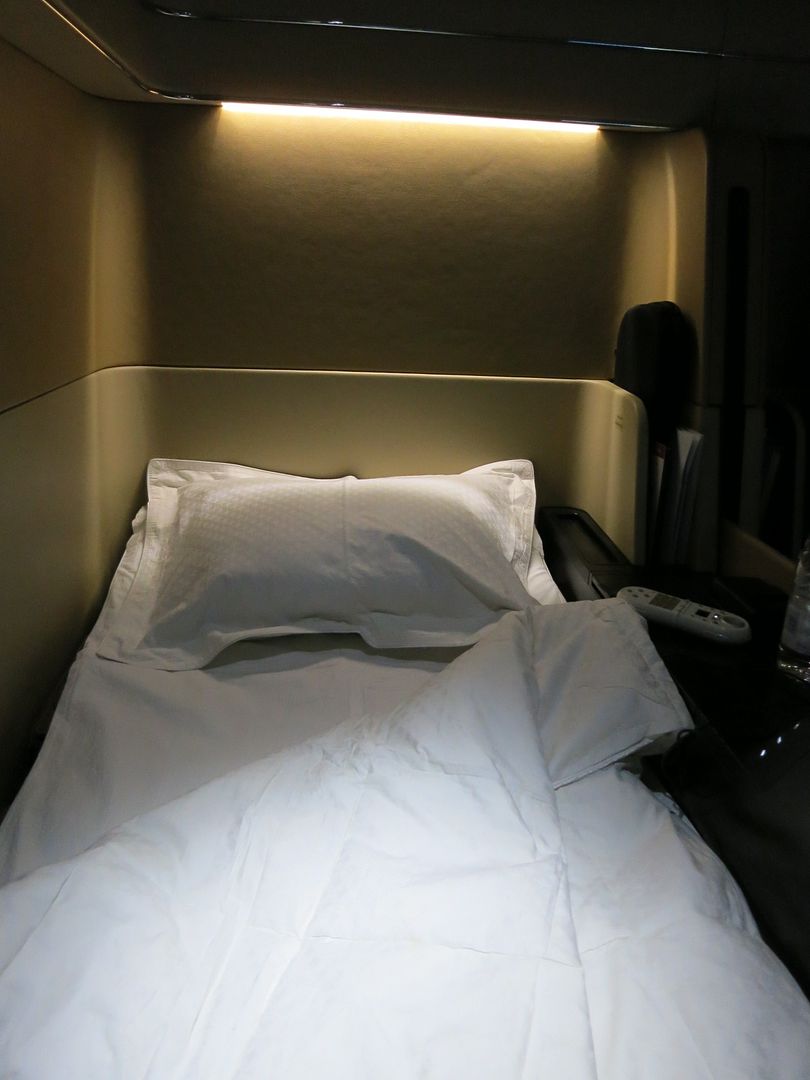
And as long as these carriers continue to overinvest in first class, there will be unsold seats, and I will do my best to accommodate the airlines by filling those seats using points.
- You can join the 40,000+ people who see these deals and analysis every day — sign up to receive posts by email (just one e-mail per day) or subscribe to the RSS feed. It’s free. You can also follow me on Twitter for the latest deals. Don’t miss out!


Don’t forget China Southern and China Eastern, both of whom have new enclosed F suites!
Why is it going away? Because it’s not profitable, especially when people like us redeem miles for those seats.
I don’t expect AA’s transcon A321T first class to last more than a year. Business class on the A321T is almost as good using half the space. Enjoy it while you can!
I think CX’s business class seat is better than 50% of the First seats out there
Business class has improved significantly, to the point where it’s almost as good as First class. What we call business today would have been called first 10 years ago.
Great post @Gary. As I read I formed the same thoughts you outlined later in the article. It’s hard for an airline to keep justifying a grander first class when the current business class is completely satisfactory and rivals older first class offerings.
People with lots of money and willing to pay for first class seats are mainly from Asia and Middle East. Those are personal customers loaded with money and want to travel in style. As for business flyers, for the majority of corporations only C level executives are allowed to flay first class. However, big corporations will have their own private jets to fly top executives. If you follow the article above, the concentration of airlines offering first class seats are in ME and Asia where very rich people will pay to fly in F.
First class began it’s slow death as fully lie-flat seats became the norm in business class. Historically, the biggest draw of first class was the ability to have a bed-like sleep situation on long haul flights. Many, if not most, long-haul flights now feature this in business class, and in many cases the sleep that you can get in business is superior to what you got in first 15 years ago. Coupled with tightened corporate budgets (almost) worldwide, and the market for F will continue to shrink.
FYI Malaysian Airlines only has first class in its A380s, which only serves their KUL-LHR and KUL-CDG routes.
Why no discussion of Swiss, which has F on every long-haul plane?